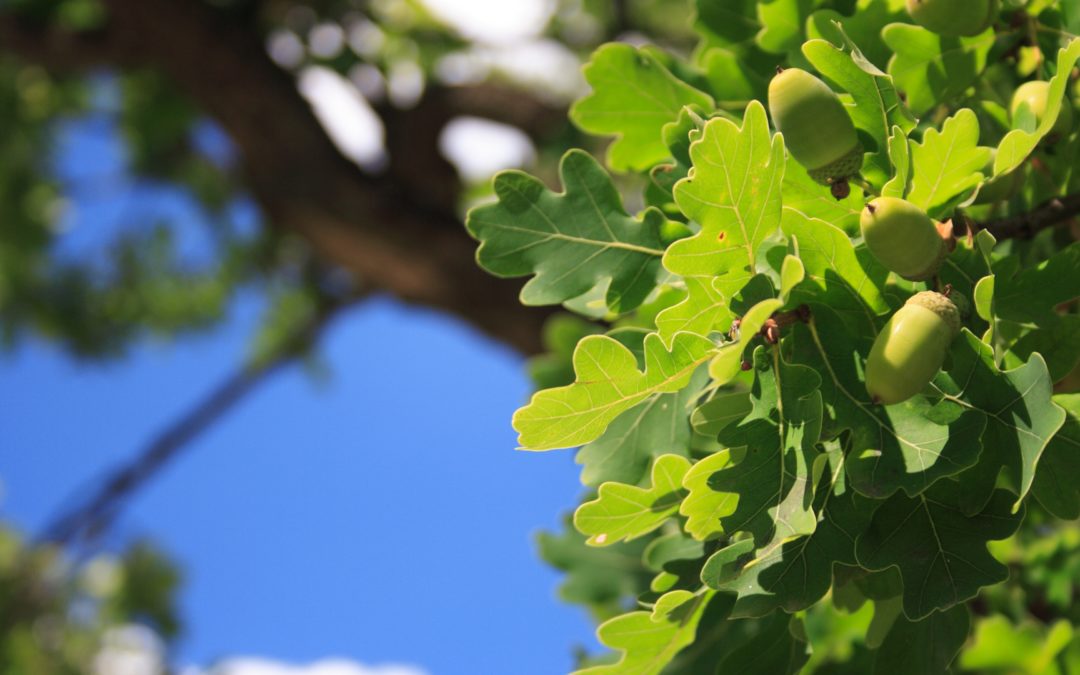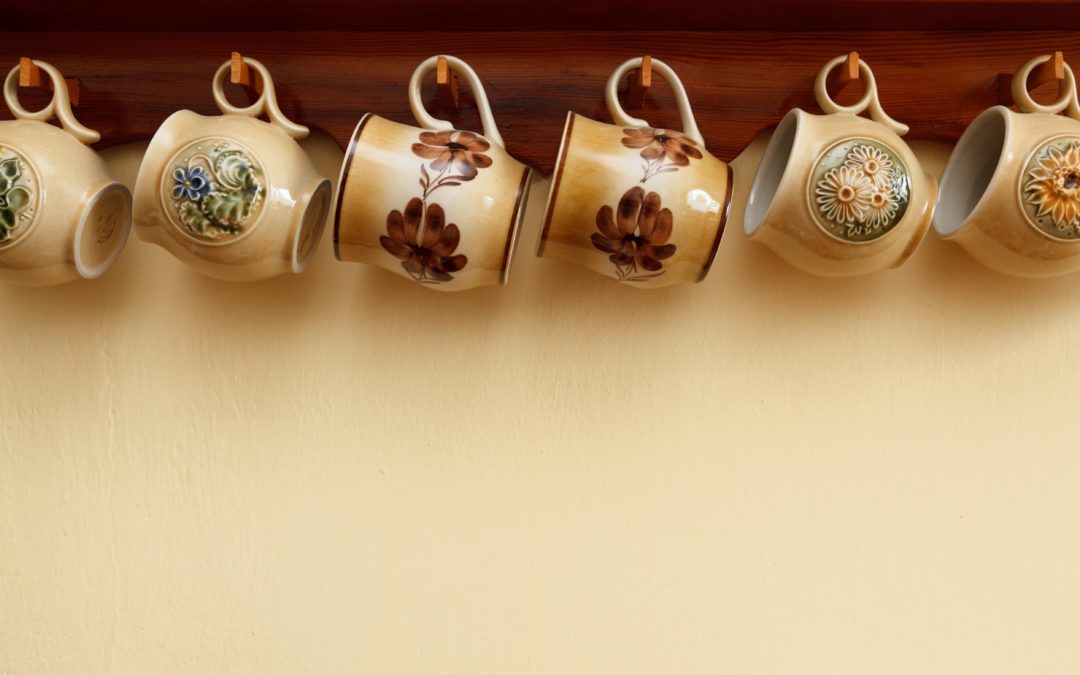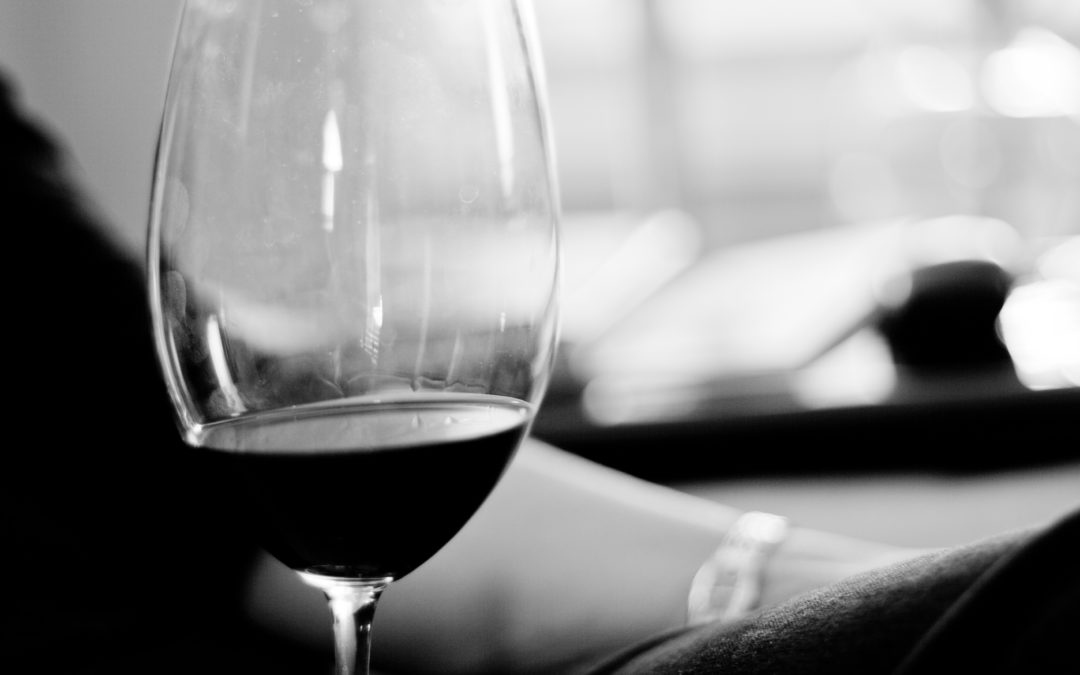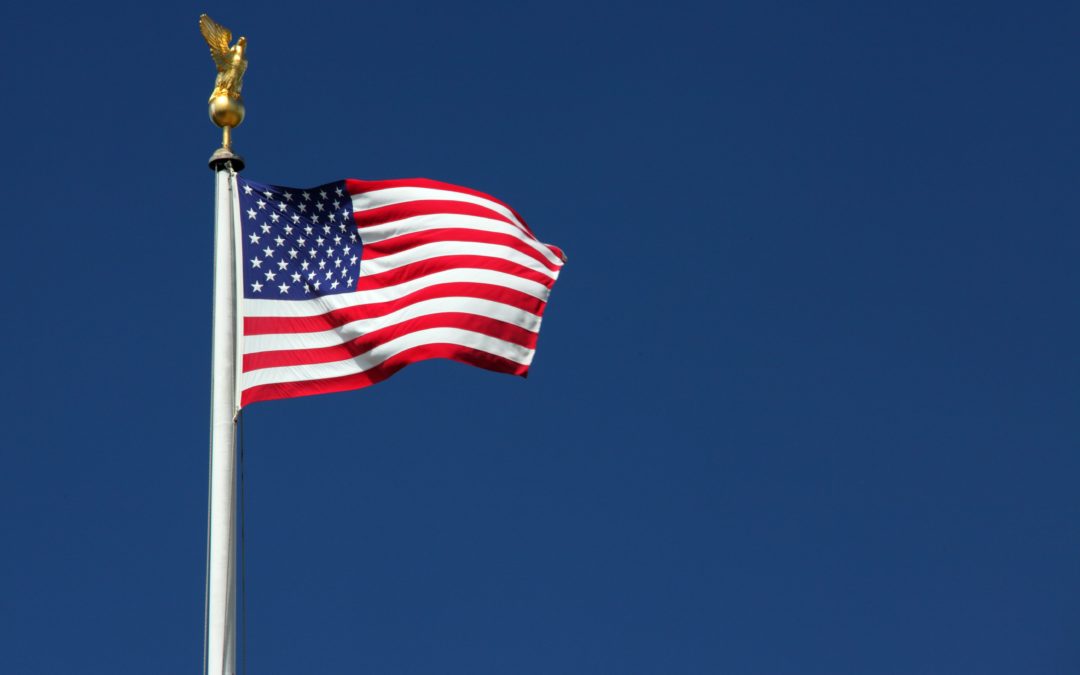
by Lorri | Aug 8, 2018 | UnCorked
Penguins, kangaroos and ravens are just a few of the “critter wines” lining retail shelves. By critter wine, I’m talking about wines that depict an animal on the label or include an animal in the winery’s name.
In the early 2000s there were a few such brands blazing their way into the wine market. Australia’s Yellow Tail brand was one of the first. Now there are hundreds. The proliferation is likely because marketers realized these attention-grabbing, fun and simple labels were working, as sales topped $600 million in the mid-2000s.
Of course not all of these labels have proved successful, but I think for those that have some of the appeal — in addition to the quality of the contents of the bottle — is in the relaxed, playful message these labels send. Some wine consumers simply don’t want to have to take wine too seriously.
Today more companies are not just using animals but whimsical, fun, fuzzy and even sexy labeling — not a bad idea considering how overwhelming it can feel when facing the array of options on retail shelves. If you had wonderful French Bordeaux last week for dinner, searching for it again is more difficult when all the bottles look relatively the same. But remembering a bright yellow flower, penguin or bull makes sense for many wine drinkers.
THE VALUES
- 2017 Dancing Bull Zinfandel, California (about $12 retail)
- 2017 Toad Hollow Eye of the Toad Pinot Rose, California (about $14 retail)
- 2017 The Little Penguin Cabernet Sauvignon, Australia (about $11 retail)
- 2017 Rex Goliath Cabernet Sauvignon, California (about $9 retail)
THE SPLURGES
- 2017 Frog’s Leap Merlot, California (about $52 retail)
- 2017 Ravenswood Napa Valley Zinfandel, California (about $22 retail)
- 2017 Bell Winery Big Guy Red, California (about $30 retail)
- 2007 Wild Horse Winery and Vineyard Chardonnay, California (about $25 retail)

by Lorri | Aug 1, 2018 | UnCorked
It’s interesting, if you offer white Burgundy to most American wine drinkers they will be delighted to taste this French masterpiece. But offer chardonnay to the same American wine drinkers, you will most likely receive a different reaction. What makes this interesting is white Burgundy — considered one of the most revered wines in the world — is made exclusively with the chardonnay grape.
During the 1980s chardonnay went from a rare planting to one of the most planted grapes in U.S. vineyards. Americans are partly to blame for the countless confusing chardonnay styles and price points. During this growth in popularity Americans loved chardonnays in rich, creamy, high-alcohol and full-bodied styles.
In other words, we wanted an oak influence for our chardonnay. This oak influence comes with a price tag when using oak barrels for the outcome of the style. (Wine barrels can cost up to $1,000 each and can only be used to impart oak nuances in wine one or twice.)
So, as the demand for chardonnay increased some winemakers sought out cost-cutting shortcuts to create the impression of an oaked wine. The techniques are numerous in the winemaking process — oak chips, artificially adding acidity and oak staves are the most used. Are these still quality wines? Of course, but they are not equal to French Burgundy.
Many wines made with these techniques will have very high alcohol content, an almost buttery popcorn taste and an abnormally high, searing acidity. The use of those pricey oak barrels creates more complexity that cannot be duplicated with shortcuts, but it comes at a much higher price.
Unoaked chardonnay, in contrast, is lighter bodied, lower in alcohol and offers a fruit forward profile at a much lower price.
THE VALUES
- 2016 J. Lohr Riverstone Chardonnay, California (about $16 retail)
- 2017 Columbia Crest Grand Estate Unoaked Chardonnay, Washington (about $14 retail)
THE SPLURGES
- 2016 Rombauer Carneros Chardonnay, California (about $40 retail)
- 2017 Mer Soleil Silver Unoaked Chardonnay, California (about $20 retail)

by Lorri | Jul 25, 2018 | UnCorked
If we have mimosas for brunch why not skip the OJ and just enjoy a glass of wine?
Pairing wine with your favorite brunch dish can be challenging only because we don’t usually consider bacon and eggs with a wine pairing.
But if we apply the same principles to brunch dishes that we apply to dinner, the perfect match is easier than you may think.
Chicken and Waffles
Fried chicken and waffles can be found on menus everywhere and especially in the South. It may be an expected pairing but Champagne is an ideal choice. Not only does it offer the indulgence associated with brunch, it has the acidity needed for the crisp waffle and the refreshing bubble to cut the crunchy crust of the chicken.
THE VALUE
- NV Gruet Brut, New Mexico (about $18 retail)
THE SPLURGE
- NV Iron Horse Sparkling Wine, California (about $47 retail)
Blueberry Pancakes and French Toast
These brunch items are generally sweet, so the standard rule applies: sweet dishes need a wine equal in sweetness or slightly sweeter. Moscato d’Asti is an ideal pairing with its light body, delicate bubble and low alcohol.
THE VALUE
- NV Cupcake Moscato d’Asti, Italy (about $13 retail)
THE SPLURGE
- NV Scrapona Moscato d’Asti, Italy (about $16 retail)
Meat Casseroles, Frittatas and Omelets
Robust dishes filled with bacon, sausage and ground beef need a wine with enough body and tannic structure to stand up to these ingredients. The earthy characteristics of pinot noir accentuates the rich savory and smoky flavors of these dishes but also offer a lighter body than most red wines.
THE VALUE
- 2016 A by Acacia Pinot Noir, California (about $14 retail)
THE SPLURGE
- 2016 Presqu’ile Santa Barbara Pinot Noir, California (about $22 retail)
Eggs Benedict
Nothing says brunch like eggs Benedict. There is something about this dish that makes us feel our brunch menu is complete. Because of the weight of the eggs and the robust ham, a rose is a complement to this item. Because rose wines offer the slight tannic structure we find in red wines it enables the dish to not be overpowered by high gritty tannins. It’s also a refreshing addition because of its medium acidity and chilled serving temperature.
THE VALUE
- 2017 Apothic Rose, California (about $12 retail)
THE SPLURGE
- 2017 A to Z Wineworks Rose, Oregon (about $17 retail)

by Lorri | Jul 18, 2018 | UnCorked
There is no doubt we are in the heat of summer.
And hot humid weather calls for refreshing wines.
Gamay, the grape used to make Beaujolais, is a favorite red option for summer temperatures. It’s a light-bodied red that has aromas of summer flowers and fresh-picked berries. Beaujolais wines are ideal for your summer picnic with cured meats, cheeses and dips.
Primitivo is the genetic twin of zinfandel. It is a high-alcohol fuller-bodied wine with high acidity. This grape is an ideal partner for almost every menu item you will throw on the grill during the summer.
Rose wines are always a summer favorite. The zesty fruit forward style gives the red wine drinker a refreshing choice. Rose wines give the subtle structure of a red wine but the refreshing style of a chilled white wine.
Gewurztraminer always offers the complex rosy aromatic style ideal for a summer cool-off. Because wines made from this grape are generally low in alcohol, gewurztraminer is a good choice for summer sipping.
Picpoul is a wine lover’s dream for a summer staple. Its budget-friendly price tag and mouthwatering acidity make this wine a top white wine choice when the temperature soars.
Gruner Veltliner may be unfamiliar to many wine drinkers but it’s a delicious alternative to sauvignon blanc. It is packed with citrus, white pepper and racing acidity.
THE VALUES
- 2016 Louis Jadot Beaujolais, France (about $15 retail)
- 2016 Antico Sigillo Primitivo di Manduria, Italy (about $14 retail)
- 2017 Los Vascos Rose, Chile (about $13 retail)
- 2016 Chateau Ste. Michelle Gewurztraminer, Washington (about $13 retail)
- 2016 Picpoul de Pinet, France (about $12 retail)
- 2016 Raptor Ridge Gruner Veltliner, Oregon (about $19 retail)

by Lorri | Jul 11, 2018 | UnCorked
Everyone enjoys being able to describe the wines they love. This is why we depend on “tasting notes.” Some find this process intimidating or pretentious. But the reasoning behind systematic tasting is the ability to specifically describe a wine. You may already be familiar with some common tasting terms but this week I address some less common descriptors.
- Banana. If you’ve ever encountered the aroma of bananas in your glass, rest assured there were no bananas thrown into the vat during winemaking. There are several technical reasons a wine may develop banana notes. It is common in some wines undergoing a process called carbonic maceration used in wines such as Beaujolais. Grapes are sealed in a vessel filled with carbon dioxide prior to normal fermentation. This process is what gives so many Beaujolais wines their distinct tropical aromas.
- Black Olives. Olives are identified by ripeness. Green olives are harvested before the olive has ripened while black olives are left to further ripen. During this ripening period, ployphenol (tannin) levels will drop, resulting in the earthy taste of black olives we detect. Black olive tasting notes are usually found in red wines such as syrah and California Cabernet Sauvignon.
- Coconut Coconut generally comes out in a wine’s aroma from esters and more specific lactons, which are responsible for the sweet aromas when smelling a coconut. It is one of the key aromas distinguishing oaked wines, and it’s mostly considered a tetiacery aroma (aromas found in aging wines.) Oak flavors and aromas can come from contact with wood chips, staves or barrels.
- Jammy. When we use the word jammy it is generally referring to red wines low in acidity and high in alcohol, such as Zinfandel, to describe the aroma of ripened or cooked fruits. It is associated with red fruits such as raspberries, strawberries and blackberries. Sometimes jammy is used to describe a wine fault for when vines were overexposed to heat and sunlight. The grape will ripen quickly leaving the cloying jammyness and a flabby mouthfeel from the low acidity.
THE VALUE
- 2016 Louis Jadot Beaujolais, France (about $13 retail)
THE SPLURGE
- 2016 Cannonball Cabernet Sauvignon, California (about $18 retail)

by Lorri | Jul 4, 2018 | UnCorked
Happy Birthday America! There is no better way to celebrate than toasting with an American-made wine today.
Today, American wines rank among the best of the world. But it wasn’t always so.
For centuries fine wine was confined to prestigious European vineyards. Mentions of Bordeaux’s Cabernet Sauvignon or Burgundy’s Pinot Noir were found only in tasting notes or journals from noble families of royalty or those with enough wealth to travel across the Atlantic. These were the privileged few who could enjoy the sacred consumption of some of the world’s finest wines.
But in 1976, British wine merchant Steven Spurrier organized a unique blind tasting (the wines’ vineyards and producers were not revealed prior to tasting), known as The Judgment of Paris with California versus French wines. The judges were some of the most renowned wine critics with the world’s most elite palates. The outcome was an upset with two Napa Valley wines coming out on top: a 1973 Stags Leap Cabernet Sauvignon and a 1973 Chateau Montelena Chardonnay.
I would have loved to have been in the crowd to see the look on the judges’ faces when these California wines were announced over some of the world’s most elite French vineyards.
For more about the tasting, read George Taber’s Judgment of Paris: California vs. France and the Historic 1976 Paris Tasting that Revolutionized Wine. Taber, an American, was the only journalist attending the event.
THE VALUES
- 2016 Bogle Essential Red, California (about $14 retail)
- 2016 Sterling Vineyards Napa Chardonnay, California (about $14 retail)
THE SPLURGES
- 2016 Honig Sauvignon Blanc, California (about $19 retail)
- 2015 Robert Mondavi Napa Valley Cabernet Sauvignon, California (about $38 retail)
- 2015 Bell Vineyards Cabernet Sauvignon, California (about $55 retail)
- 2014 Chateau Montelena Caberent Sauvignon, California (about $63 retail)
- 2015 Reynolds Family Chardonnay, California (about $33 retail)





